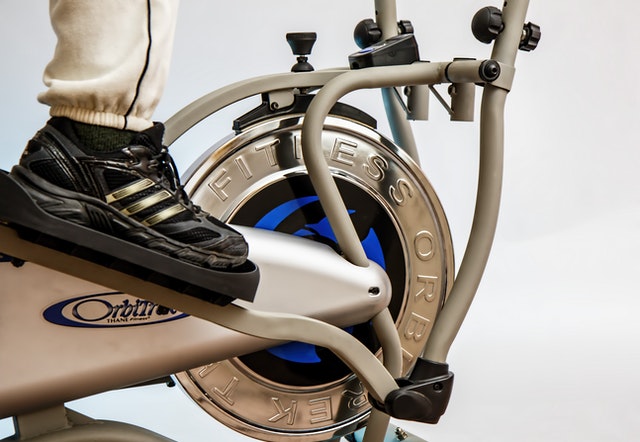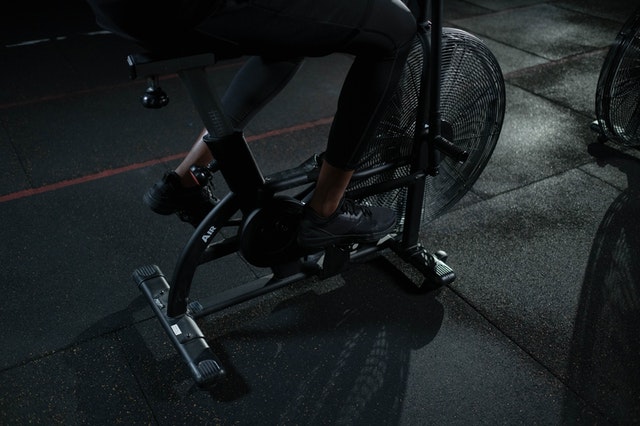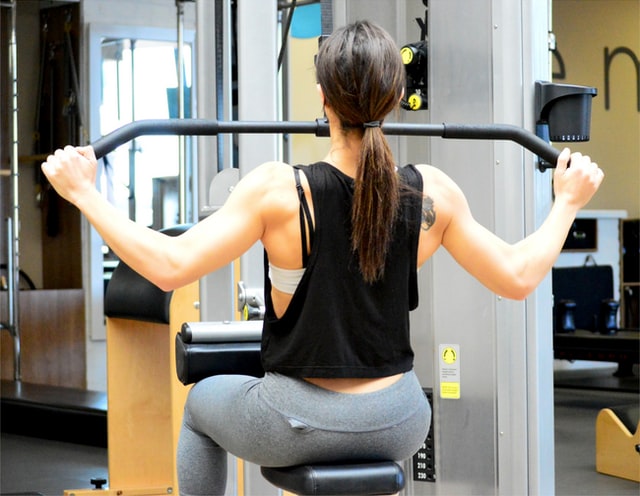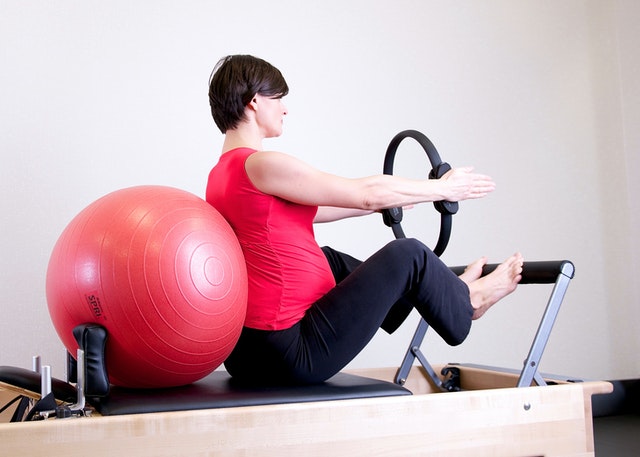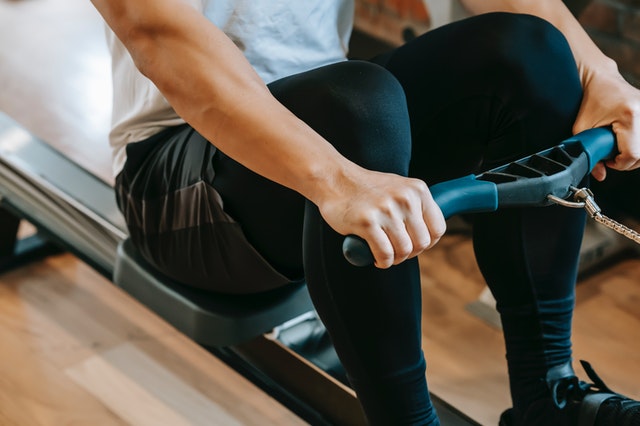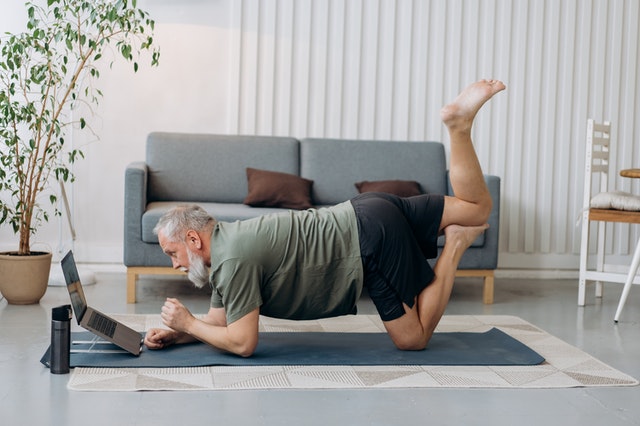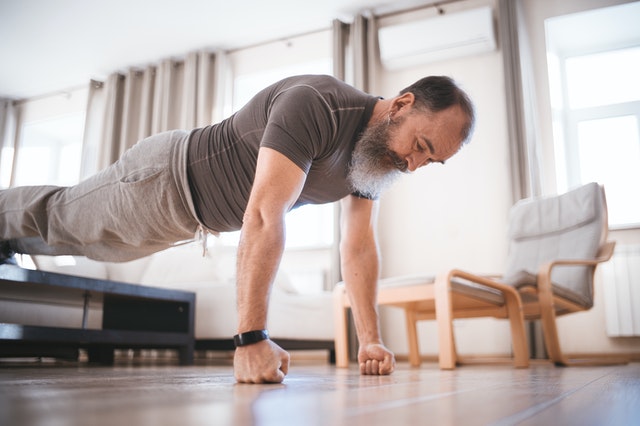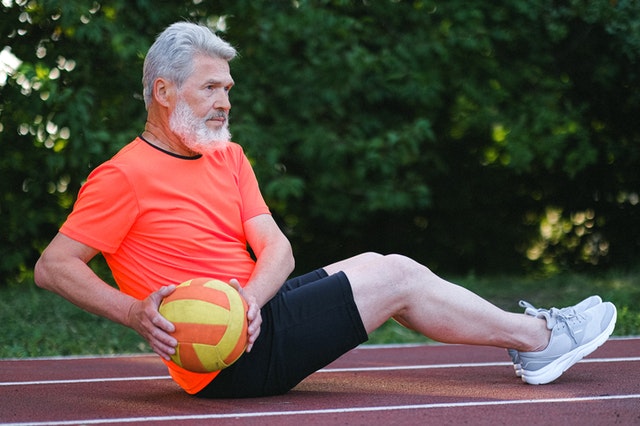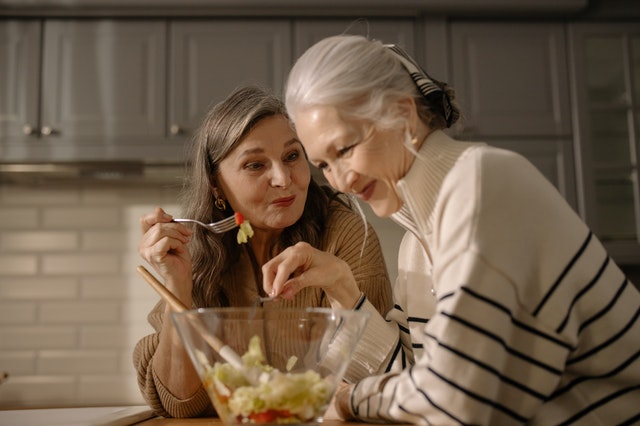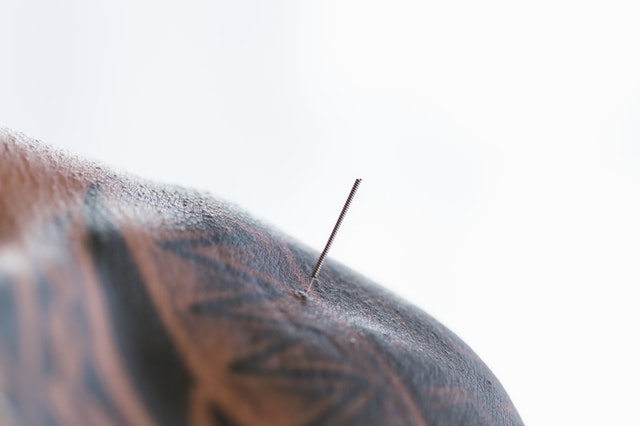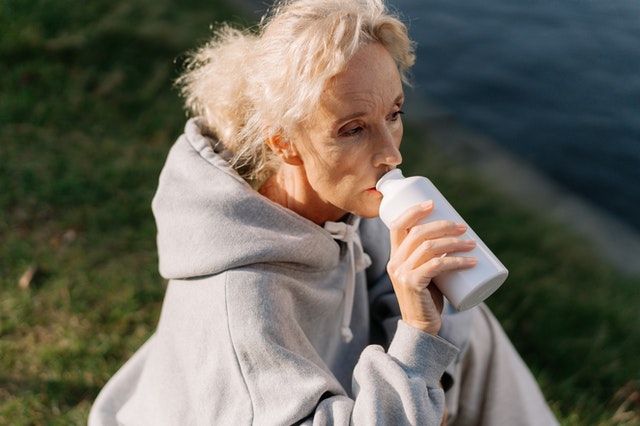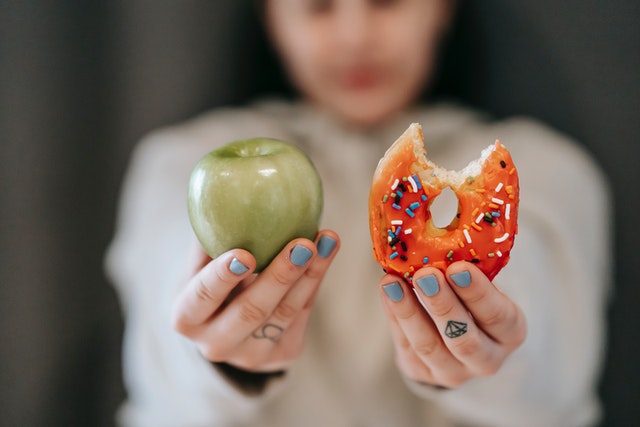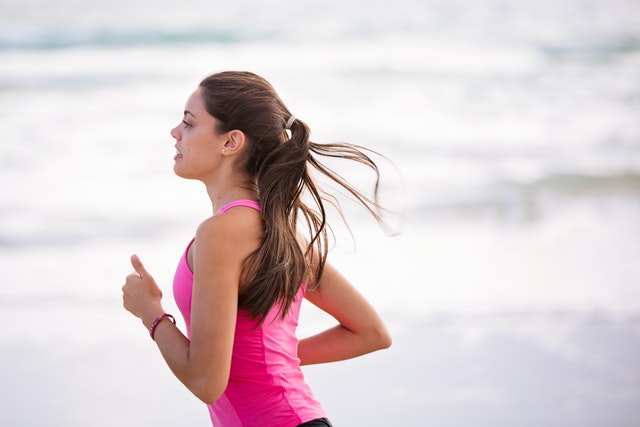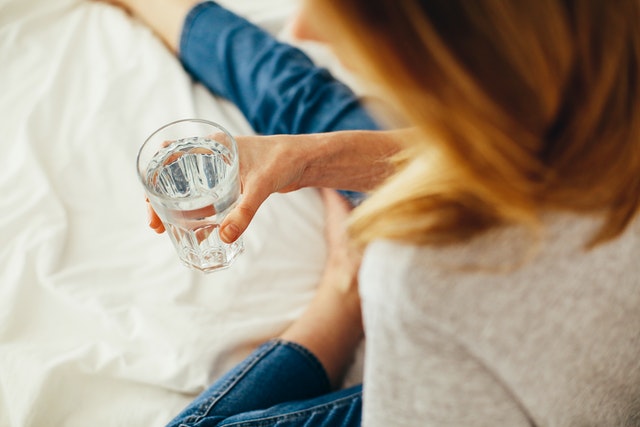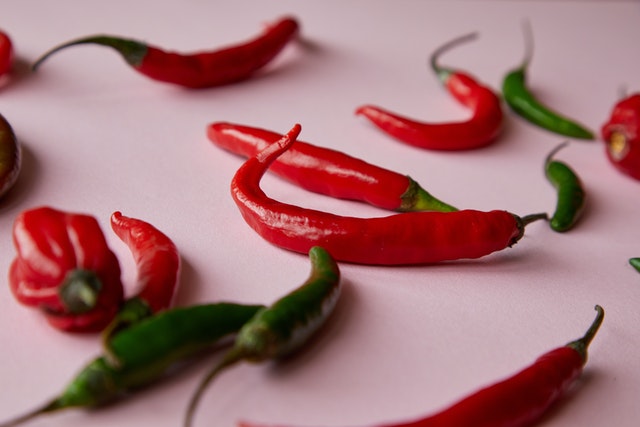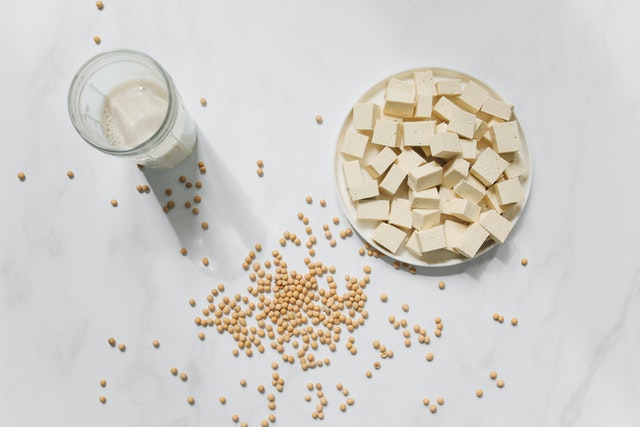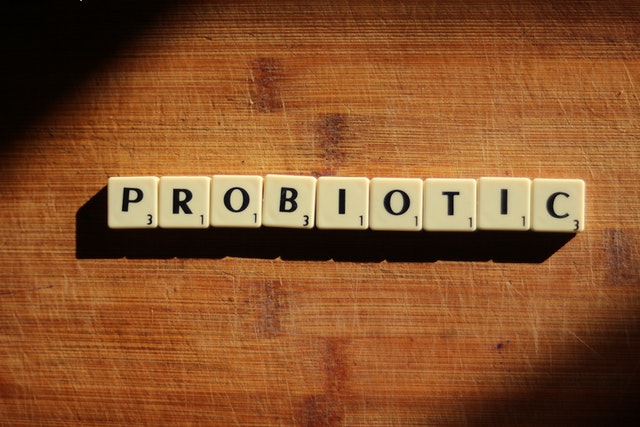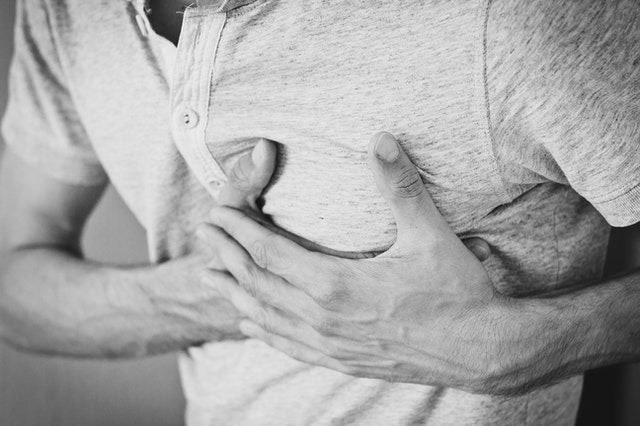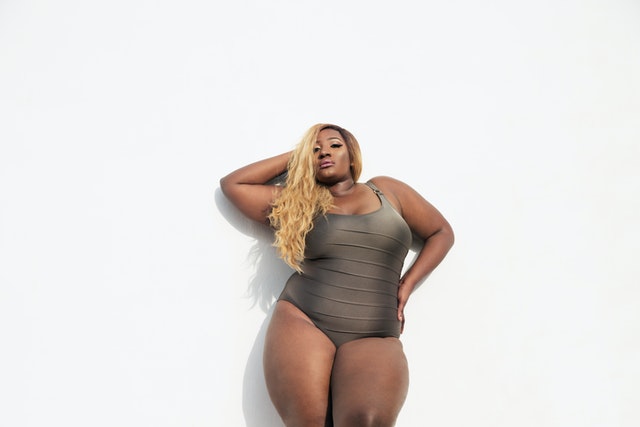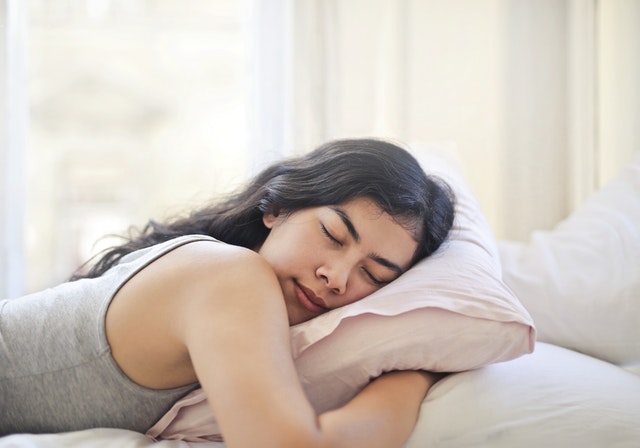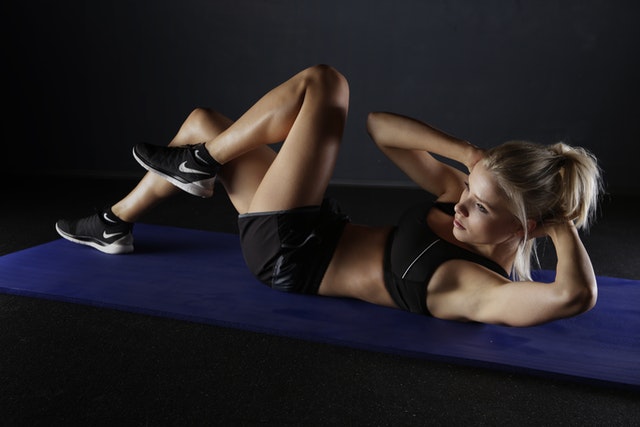Do you feel stressed every day and have trouble falling to sleep at night? Do you wake up in the morning exhausted? I felt that way for months — at my wit’s end. When I finally discovered the reason, I was shocked.
Weird Symptoms With No Cause
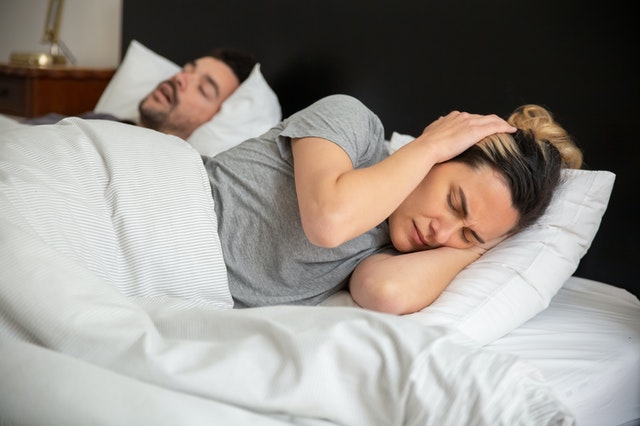
I felt irritable, tired and sluggish, which was weird because I’m normally perky and energetic. Things got so bad that I finally decided to give in and buy over-the-counter sleeping pills to get some relief. That morning, my sister called me out of the blue and told me to check something I had never considered.
The Phone Call That Changed It All

You see, my sister and her family live in Chicago. When I told her about my symptoms, she asked: “Is there a lot of noise near your house?” The answer was yes, because our city has been redoing the streets near us. All that time, the real reason for my day-and-night stress was noise pollution!
The Truth About Noise Pollution

What is noise pollution? It's any unwanted sound that forces its way into your surroundings. You want peace and quiet, but you can’t make the noise go away.
Usually, noise pollution is caused by loud music, insensitive neighbors, wild parties, cars driving by or airplanes taking off. At work, there can be a lot of noise from heavy machinery.
Not all noise pollution is loud. Even quiet sounds can interrupt your concentration if they’re constant. A coworker that won’t stop clicking their pen is one of my personal pet peeves.
A Not-So-Silent Enemy

Some people will tell you, “It’s just noise; it’s not that big a deal.” Don’t believe them. Noise pollution can cause more problems than you think, and serious ones at that:
- Noise-induced hearing loss
- Insomnia
- Weak immune system (from not sleeping)
- Difficulty concentrating
- Memory problems
- High blood pressure
- Heart disease
It's even worse if noise pollution gets in the way of a good night’s sleep. People who live in noisy areas find it harder to fall asleep, and they get less of the regenerating “deep” sleep the body needs to repair itself. This causes other problems, from low energy levels to weight gain.
Noise Pollution and Stress

Constant noise can be devastating for your mental health. When it seems like you can’t escape from loud sounds, your emotions suffer:
- Stress
- Panic feelings
- Irritability
- Sadness and depression
- Exhaustion
The longer the situation keeps going, the worse you feel. It can get to the point where you're thinking about taking medicine for the side effects, but the real culprit is too... much... noise!
Tips for Stopping Noise Pollution

Inside the home, turn down the volume on electronic devices. Ask your kids to wear headphones when listening to music or playing video games. What about noises from outside?
One option is to choose home decor that deadens sounds. Insulated walls, double-pane windows, carpeting and thick curtains can help. There are even soundproof layers if your neighborhood is really noisy.
Set aside time every day to relax somewhere quiet. Take refuge in a quiet space when you get home from work. My bathroom is my haven, soaking in a bubble bath with a book for 30 minutes.
At work, you can block out irritating coworkers and noisy equipment with noise-cancelling headphones at your desk. Listen to calming classical music instead. This is invaluable for concentrating when you're focused on a task.



